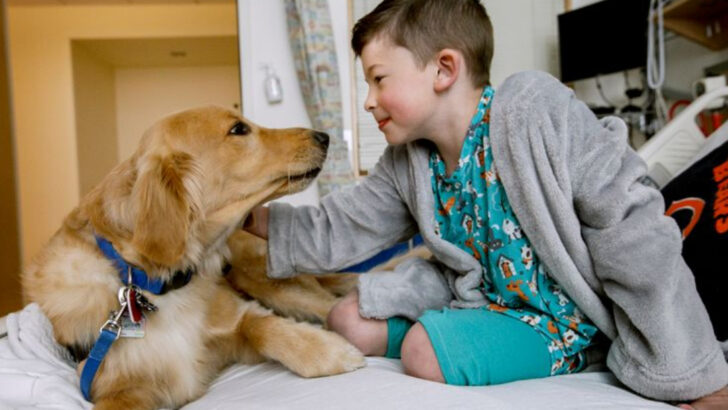When no one takes shelter dogs home, their future can go in several directions—some hopeful, others heartbreaking.
In no-kill shelters, dogs often stay until they find a forever home. These facilities work with rescues, fosters, and adopters to give each dog the best possible chance. The wait can be long, but these dogs are safe.
In overcrowded or open-admission shelters, where space and funding are limited, the outcome can be far more tragic. If a dog isn’t adopted within a certain time—especially if they’re older, sick, or seen as less adoptable—they may be euthanized to make room for new arrivals.
Some lucky dogs are pulled by rescue organizations or placed in foster care. Others might be transferred to shelters with more resources.
The sad truth is that what happens often depends on location, funding, and timing—not the dog’s will to live or love.
Therapy Animal Programs
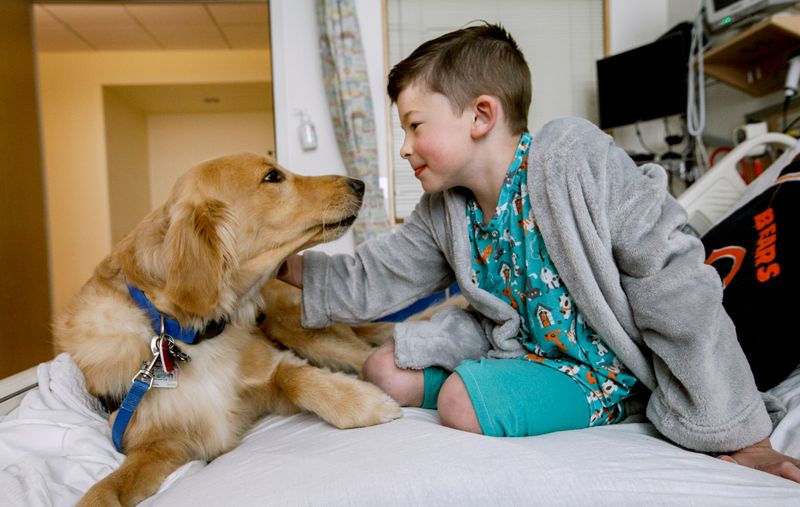
Imagine a friendly golden retriever with a calming presence. Therapy dogs bring joy to people in hospitals, schools, and nursing homes. These dogs, often trained from shelters, help reduce stress and anxiety.
Therapy animals are selected for their temperament and undergo special training to handle various environments. They provide not just comfort but also companionship to those in need.
This path offers shelter dogs a purposeful life, enhancing their human counterparts’ quality of life. These gentle souls become beloved members of therapy teams, illustrating the profound impact of canine care.
Foster Care

Foster care provides a temporary safe haven for dogs that haven’t found permanent homes. Picture a mixed-breed pup playing in a backyard with a loving foster family.
Fostering helps dogs adapt to home life, improving their chances for eventual adoption. It offers socialization and personal care tailored to each dog’s needs.
Foster families play a crucial role in providing love and support, ensuring these animals thrive. Through fostering, dogs experience stability and affection, making them well-prepared for their future families.
Working Dog Programs
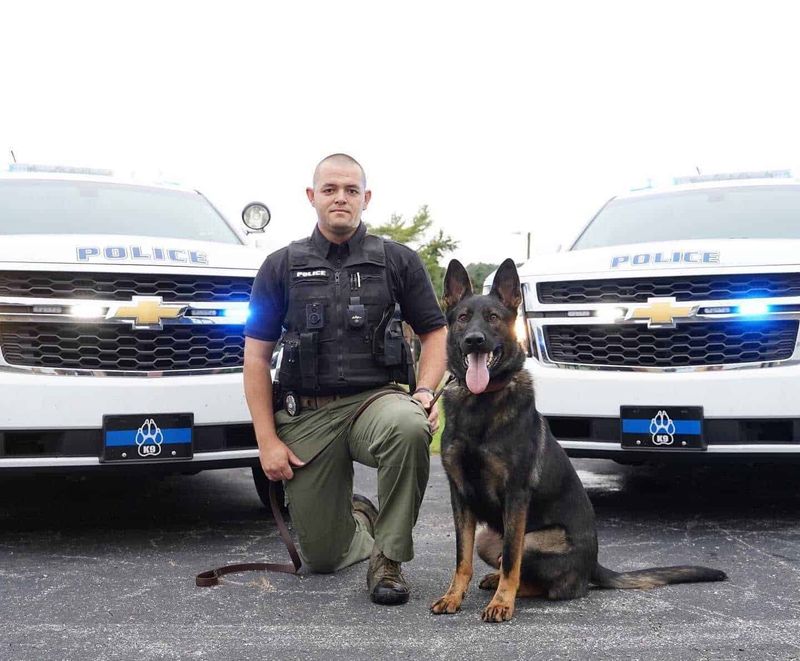
Meet an energetic German Shepherd, eager to learn and work. Some shelter dogs transition into working roles like search-and-rescue or police K9 units.
These dogs undergo rigorous training, developing skills to assist in critical operations. Their keen senses and determination make them ideal for demanding jobs.
For dogs in working programs, it’s a chance to showcase their abilities while contributing to public safety. This path transforms shelter animals into heroes, proving their worth beyond companionship.
Transfer to Rescue Organizations
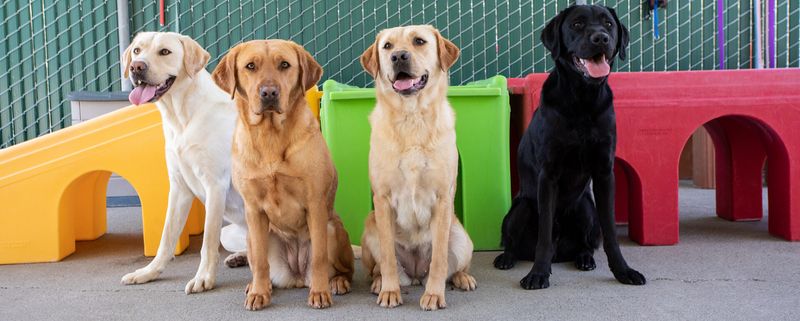
Consider a Labrador Retriever waiting for a new beginning. Some dogs are transferred from overcrowded shelters to rescue organizations with more resources.
These organizations specialize in finding permanent homes and provide additional care. Transfers give dogs a renewed opportunity to be noticed by potential adopters.
This process often leads to successful adoptions, as rescues focus on individual needs. By collaborating, shelters and rescues maximize the chances for these dogs to find loving families.
Retirement in Sanctuaries
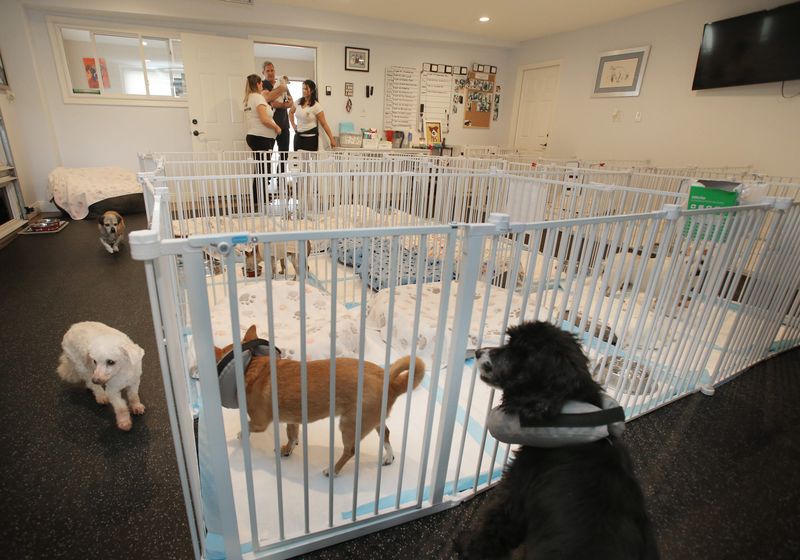
Envision a senior Beagle resting in a serene sanctuary garden. Some older or special-needs dogs retire in sanctuaries, where they receive lifelong care.
These sanctuaries offer a peaceful environment, catering to the unique needs of aging animals. Dogs enjoy freedom and comfort, surrounded by nature.
For those not adopted, sanctuaries provide a dignified life. This haven allows dogs to live out their days with respect and love, ensuring their final years are as fulfilling as possible.

